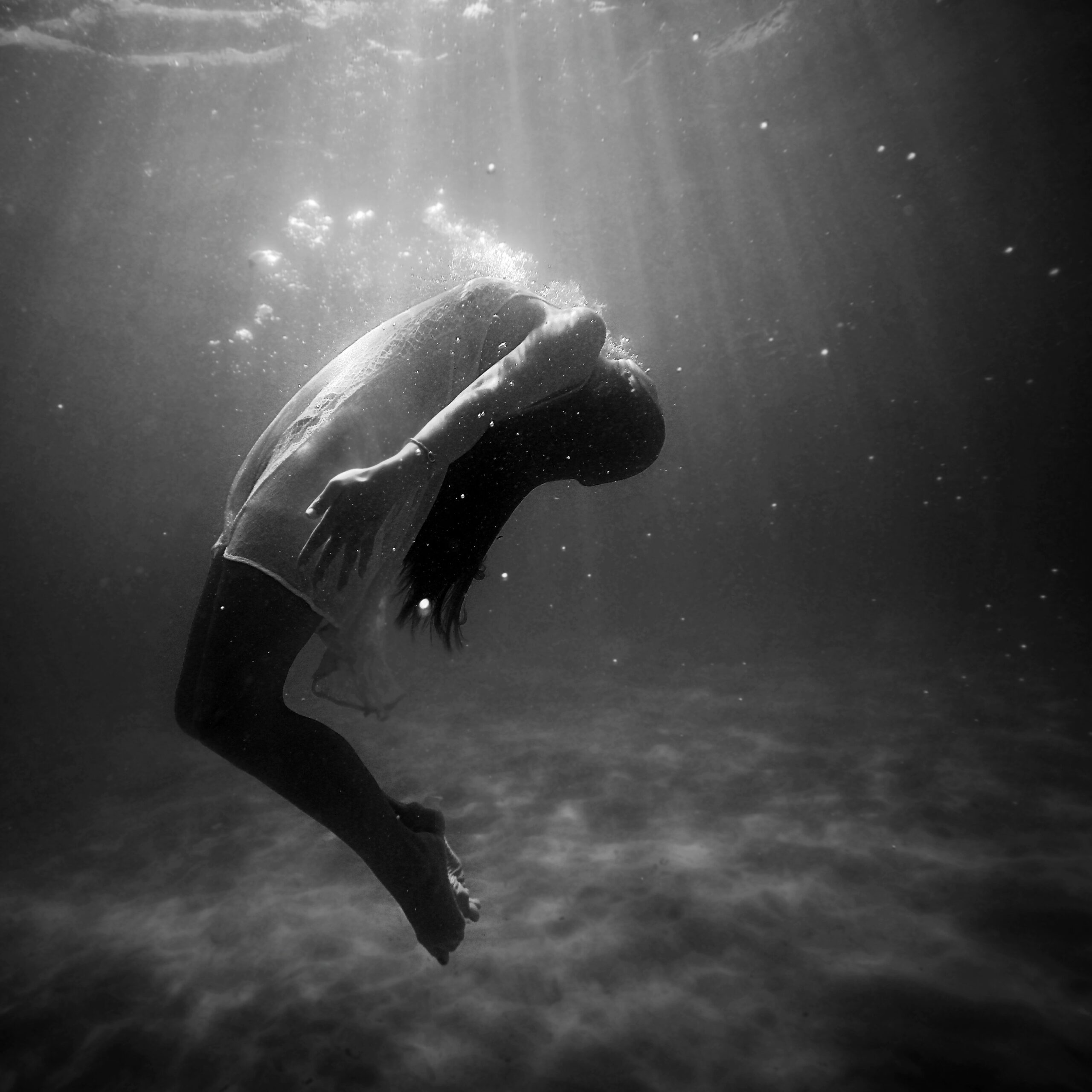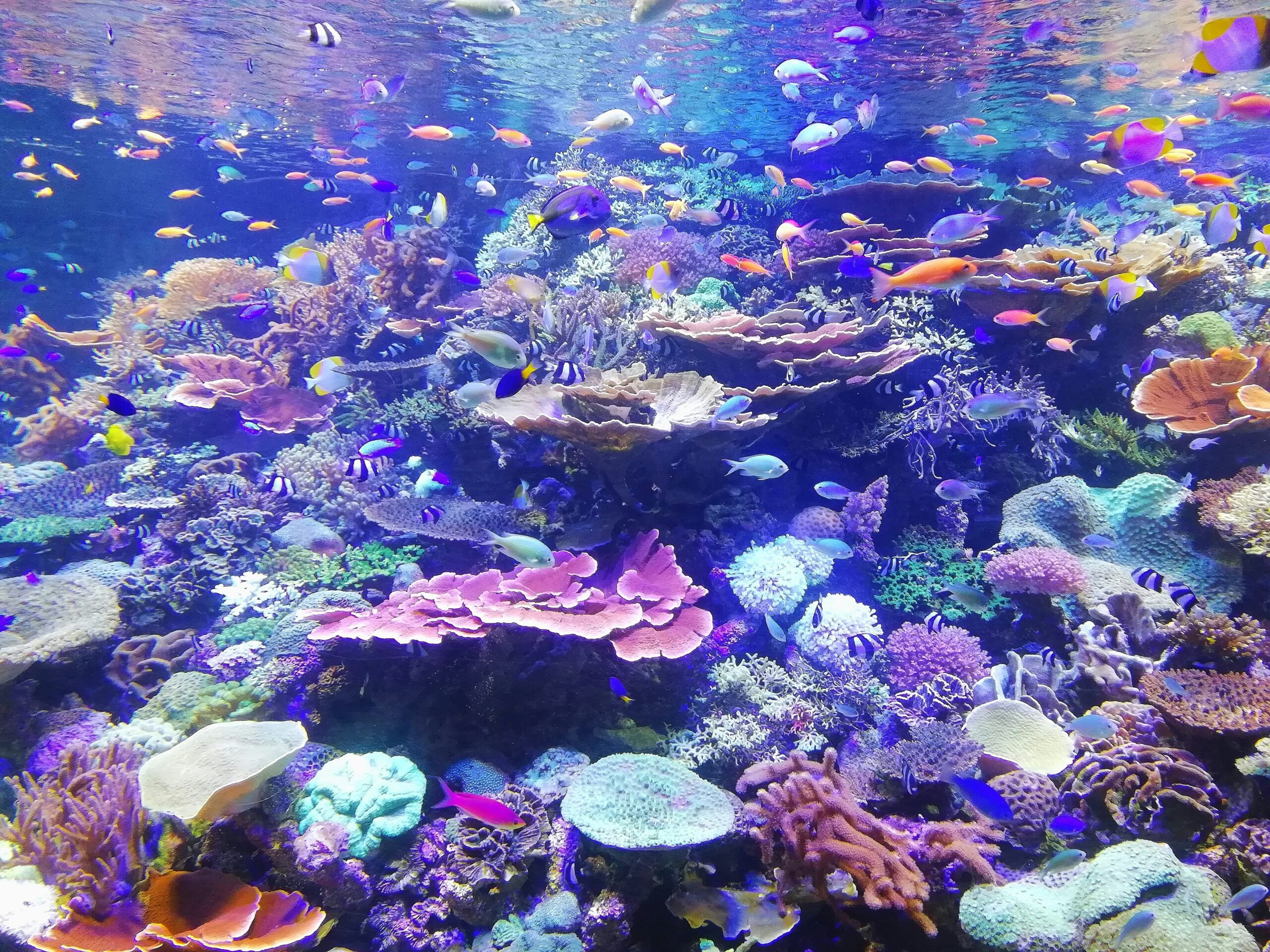Have you ever wondered if the same camouflage gear that blends seamlessly into a forest or desert landscape can work its magic underwater? It’s an intriguing question that opens a whole wave of consideration when thinking about how light refracts differently in water, the diverse hues of marine environments, and the challenges of aquatic movement. While camouflage is typically thought of as something designed for terrestrial use, its application in underwater activities is becoming increasingly interesting for divers, spear fishers, and marine biologists alike.

Understanding Camouflage
Camouflage, at its core, is about blending into an environment, rendering yourself nearly invisible to potential threats or prey. It’s essentially a crafty game of “hide and seek” played on nature’s stage. Whether you’re maneuvering through a dense forest or gliding through the azure waters of the ocean, the principle is the same: you want to remain unseen. But applying this concept under the water’s surface opens up a series of challenges and unique opportunities.
The Science of Seeing and Not Being Seen
In terrestrial environments, camouflage relies heavily on patterns, colors, and the silhouette of the wearer to blend into surroundings. But water bends and filters light differently than air, affecting color perception and visibility in significant ways. For instance, colors in the red spectrum disappear quickly the deeper you dive, leaving the world tinted in shades of green and blue. This means traditional camouflage patterns that work perfectly on land might stand out under the sea.
Camouflage Gear in Terrestrial vs. Marine Environments
When considering the use of camouflage gear underwater, it helps to first look at how this gear is used on land to understand why it might need modification or rethinking in aquatic environments.
On Land: A Master of Deception
On land, camouflage suits take inspiration from the surrounding flora and fauna. Whether it’s the mottled brown and green patterns that mimic leaf-strewn forest floors or the sandy beiges that disappear in desert landscapes, the goal is the same. These patterns exploit the way your eyes perceive edges and textures, tricking them into losing track of the wearer against a similarly patterned backdrop.
Underwater: A Different Ballgame
Underwater, however, the environment is even more dynamic. The spectrum of colors narrows with depth, and aquatic plants and sea life provide a constantly shifting tapestry of background hues and textures. Moreover, the very light source—sunlight—enters from one direction and spreads differently underwater, adding another layer of complexity.
Types of Underwater Camouflage
When it comes to underwater camouflage, the game gets a bit more complex due to several factors, such as the vast range of marine environments and the depth at which you’ll be operating. Various techniques and equipment have been developed to address these needs.
Designing for Depth and Movement
Underwater camouflage designs often incorporate not just color adaptation but also address how lights shift with depth. Materials are used to mimic the glimmer of water and the sway of ocean currents. Patterns might be blurred to adapt to the underwater world’s perpetual motion, allowing the user to fade into the fluid environment.
Material and Color Considerations
It’s crucial to use materials that don’t become an impedance underwater. Wetsuits designed for camouflage are usually made from neoprene, offering not only insulation but also a snug fit that reduces drag in the water. Colors and patterns might include deep blues, earthy greens, grays, and even shades of black, depending on the intended use—be it hunting in kelp forests or nighttime dives.
Practical Applications of Underwater Camouflage
As you navigate the underwater realm, you’ll encounter specific scenarios where camouflage can provide an advantage, helping either in protection or in the pursuit of capturing beautiful underwater scenes or studying marine life.
Spearfishing: Out of Sight, Out of Mind
For spearfishers, staying unseen is often the difference between success and a long day of watching fish from a distance. A good underwater camouflage suit can help you get closer to your target by blending into the aquatic environment.
Photography and Wildlife Observations
Underwater photography, too, can benefit from effective camouflage. Being able to observe marine life in its natural state without spooking it means you can capture more authentic images or gather observational data for research. Using subdued colors can reduce the chance of disruptive reflections or unnatural bright spots that might alert the creatures to your presence.
Scientific Research
Marine biologists engaged in fieldwork often employ camouflage to study behaviors without disturbing the subjects. Observing fish and other marine life undisturbed provides more accurate data, leading to better scientific understanding and conservation efforts.

The Challenges of Underwater Camouflage
While it’s easy to see the potential benefits, underwater camouflage is not without its challenges. Understanding and overcoming these can make the difference between effective invisibility and unintended conspicuousness.
The Light Factor
One of the biggest challenges is the variable nature of light underwater. Depth, water clarity, and the time of day can all influence how visible an object appears. As you dive deeper, the absorption of light means colors diminish and the environment becomes monochromatic, making it hard for any pattern to sustain its intended effect.
Movement and Sound
Unlike the stillness you can maintain on land, the ocean is in constant motion. From the sway of currents to the unavoidable sound of breathing through a regulator, every movement can give you away. Employing slow, deliberate movements and managing your sound signature are crucial elements in maintaining camouflage.
Tips for Choosing the Right Underwater Camouflage
Selecting the right camouflage for underwater use involves considering several factors that will determine your success in blending into the marine environment.
Match the Habitat
Different underwater environments call for different camouflage strategies. A suit meant for a coral reef might incorporate bright hues to mimic the vibrant surroundings, while one designed for deeper waters will lean towards muted blues and grays. Research the specific marine backdrop you’ll frequent, and select a pattern and material to suit.
Consider the Species and Behavior of Marine Life
Keep in mind the creatures you’re trying to either observe or avoid. Some marine life is more alert and sensitive to colors and movements than others. Understanding the behavior of local species can guide your choice in patterns and colors.
Focus on Functionality
The suit must not only camouflage but also be functional. Check for aspects such as buoyancy, temperature control, and mobility. The suit should fit well and allow for ease of movement without creating extra drag or discomfort.

Looking to Nature for Inspiration
Nature has already perfected camouflage across countless species for millions of years. When pondering the best ways to apply these tactics underwater, it might be helpful to look at the natural world for cues.
Mimicry and Adaptation in Sea Creatures
Marine life, like cuttlefish and octopuses, have developed extraordinary abilities to blend into their environments instantly. Their natural methods of camouflage could inspire technology and techniques in human applications, both for practical purposes and scientific discovery.
Learning from Evolutionary Success
Consider the myriad of ways different creatures have adapted their appearances for survival in underwater habitats. The undulating ribbon of a kelp fish or the pebbly skin texture of a stonefish provides insights into successfully merging with a specific environment, lessons that can be applied to our own camouflage strategies.
The Future of Underwater Camouflage Technology
As technology evolves, so do the possibilities for camouflage equipment. The future promises innovations that could redefine how you disappear beneath the waves.
Advanced Materials and Fabrics
Emerging technologies in fabric creation, potentially involving biomimicry and other innovations, could lead to suits that change color or texture in alignment with surroundings, providing a chameleon-like capacity for adaptation.
Digital Integration
Imagine a camouflage system with integrated digital sensors or cameras capable of projecting real-time images similar to an octopus’s adaptive skin patterns. While still in the realm of science fiction, such advancements could become feasible with future technological breakthroughs.
Ethical Considerations and Environmental Impact
With great technological power comes the necessity of responsibility. As underwater camouflage becomes more effective and widespread, it’s essential to consider its implications.
Wildlife Disturbance
While the goal is often to reduce disruption to wildlife, achieving invisibility could inadvertently stress or frighten marine life not accustomed to the presence of humans. It’s important to observe responsibly and ensure human activity does not adversely impact ecosystems.
Environmental Impact of Materials
Producing camouflage equipment involves manufacturing processes that may impact the environment. Sustainable practices and materials should be a priority to ensure that the pursuit of invisibility does not harm the very environments we aim to observe.
By examining this intriguing intersection of technology, nature, and human ingenuity, you may find there’s more to underwater camouflage than initially meets the eye. Considering these aspects might lead you to a deeper appreciation for both the science and art behind blending into an underwater world, enhancing your adventures and discoveries in this captivating realm.

